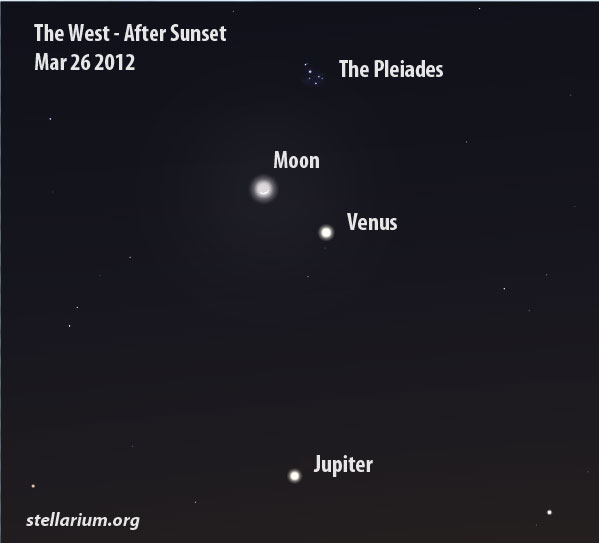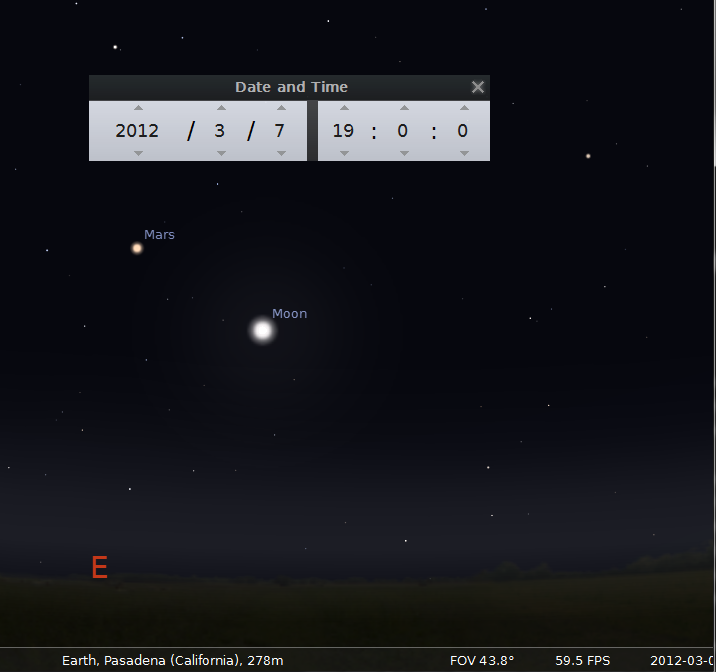 The International Space Station will be a special treat for all of us in Southern California over the next several days. We will have some truly spectacular “fly-overs” for some of the brightest passes theoretically possible (the brightness is determined by how the space station – and particularly their football-pitch sized solar panels – happen to be aligned with the sun).
The International Space Station will be a special treat for all of us in Southern California over the next several days. We will have some truly spectacular “fly-overs” for some of the brightest passes theoretically possible (the brightness is determined by how the space station – and particularly their football-pitch sized solar panels – happen to be aligned with the sun).
For those of you who may be new to viewing it the ISS will be visible as one of the brightest (mostly the brightest) star-like object in the sky as it passes approx 200 miles overhead at over 17000 mph. The table below gives a lot of information about each visible pass including when and where to look. The lower the Mag number the brighter the ISS will be. So for example the pass on Wednesday Feb 27 starting at approx 6:22pm will be one of the brighter ones.
Be sure to wave to the SIX astronauts who are calling the ISS home right now.
Click on the date for each pass for further detail.
| Date |
Bright |
Start | Highest point | End | Pass type | ||||||
| [Mag] | Time | Alt. | Az. | Time | Alt. | Az. | Time | Alt. | Az. | ||
| 26 Feb | -2.5 | 19:12:29 | 10° | WNW | 19:15:44 | 49° | SW | 19:16:47 | 34° | S | Visible |
| 27 Feb | -3.3 | 18:21:46 | 10° | NW | 18:25:07 | 76° | NE | 18:28:27 | 10° | SE | Visible |
| 28 Feb | -0.4 | 19:08:36 | 10° | W | 19:10:46 | 16° | SW | 19:12:55 | 10° | SSW | Visible |
| 01 Mar | -1.4 | 18:17:13 | 10° | WNW | 18:20:14 | 32° | SW | 18:23:16 | 10° | SSE | Visible |
All of the predictions above provided by Heavens-Above.com where you can get your own predictions for this and many other neat things to see in the sky above you.

